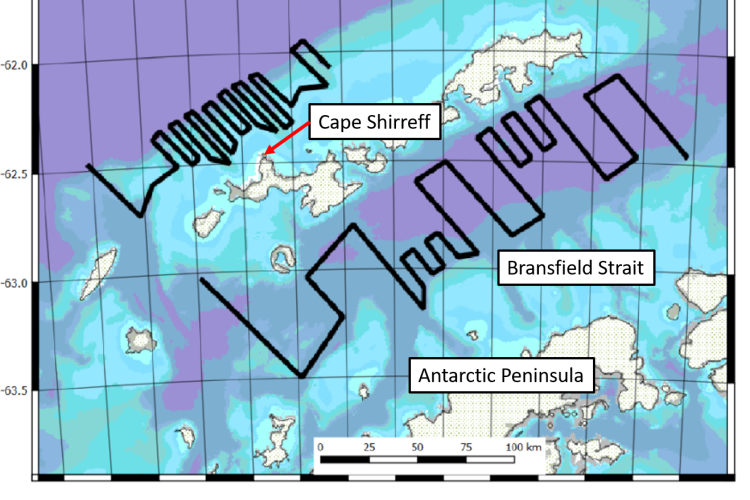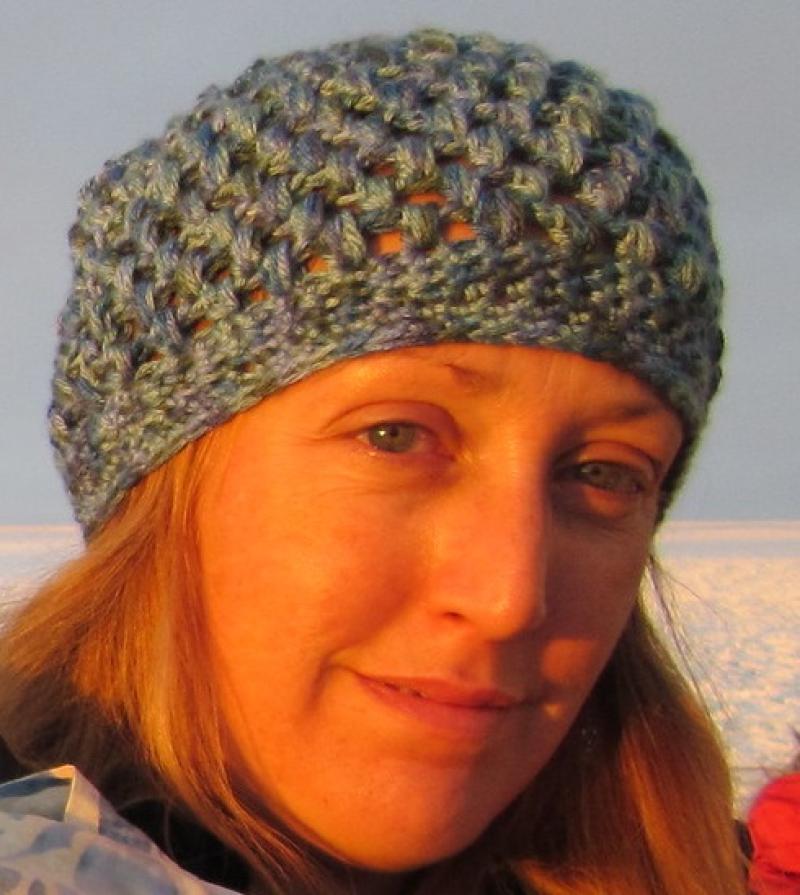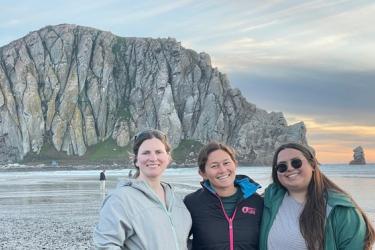Sometimes, when everything is going well in the Glider Universe, I struggle to come up with ideas for blogs. Although it stinks when problems arise, at least they provide ample material to write about. But our two gliders in Antarctica are gliding along just fine, so last night as I was wracking my brain for a blog topic, I asked myself this:
What would my dad want to know about gliders?
I’ve always thought that my dad is a scientist trapped in a lawyer’s body. He reads more science blogs and attends more science lectures than I do. When I was 8 years old I told him I wanted to be an oceanographer when I grew up—even though I had no idea what that meant. He was my biggest cheerleader (since his dream of me becoming a WNBA star wasn’t going to happen. I’m tall, but hopeless at basketball). Now that I’m a scientist working with underwater robots (something else he never imagined for me, since I’m only slightly less hopeless with electronics than I am at basketball), he geeks out on all my stories about our program’s glider adventures.
So I asked him: what’s something about gliders that you wish you knew?
His answer was simple. He explained that he knows that a main goal of our program is to estimate how much krill are available to eat for seals, penguins, whales, and other krill-dependent predators each year. He also knows we have sensors on the gliders for measuring krill biomass.
So he asked, if a glider isn’t finding any krill on its programmed path, how do you know where to send the glider to find krill?
My answer is also simple: We don’t. And we don’t want to, either.
Okay, it’s a little more complicated than that.
We never really know if a glider is flying through krill or not. During a deployment, we get real-time data from almost every sensor on the glider, but we can’t get real-time data from the acoustic sensor that measures krill biomass. Sometimes, if a glider is stuck in a dense swarm of krill, it does a bunch of shallow dives even though it’s in deep water because it thinks the krill are the ocean bottom. That’s our only hint that a glider may have found krill.
For fun, let’s suppose we had a magical way to know where krill are. A krill-stal ball, if you will. If we instructed a glider to fly into a krill swarm, then the glider would obviously find a lot of krill there.
But what do we know about that krill swarm? Is it big, or is it little? Are there lots of swarms just like that one, or is this the only krill swarm in the area? Is there always a krill swarm in that spot, or is that swarm randomly there?
In other words, how do we know this one krill swarm represents how many krill are in our larger survey area?
We don’t know. And that’s why we don’t want to tell a glider to fly into a krill swarm on purpose, even if we could.
Each year when we deploy gliders, they follow the exact same paths in the Bransfield Strait and off of the coast where our Cape Shirreff field camp is. These paths are called transects, and they’re common in studies that monitor changes in an environment over time. Transects are usually sampled on a routine schedule—once at the same time every year, in our case. They allow us to be sure that everything about our sampling each year is exactly the same. That way, when we see differences in the amount of krill we find each year, we know that the difference is real and unbiased.
Unbiased estimates of krill biomass allow us to compare estimates among years so that we can tell if krill populations are increasing, decreasing, or staying the same. If we tried to guide the gliders into krill on purpose, then our biomass estimates would be biased and not useful for managing the krill fishery or asking other science questions.
We’re always hopeful that the gliders find lots of krill along their transects, because that means that there are plenty of krill for the predators that rely on them to survive and to raise their young. But not finding krill is also important and leads us to ask why. What about the environment is different between years with lots of krill and years with few krill? Are there really fewer krill, or did they just move to a different place? Do we need to manage the krill fishery differently in order to leave more krill for predators to eat?
I hope I have answered my dad’s question. But he is a lawyer/scientist-wannabe, after all, so I’m sure he’ll have more questions.
Do you have a question? Email me at jen.walsh@noaa.gov and I’ll try to answer in a future blog


